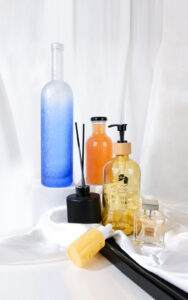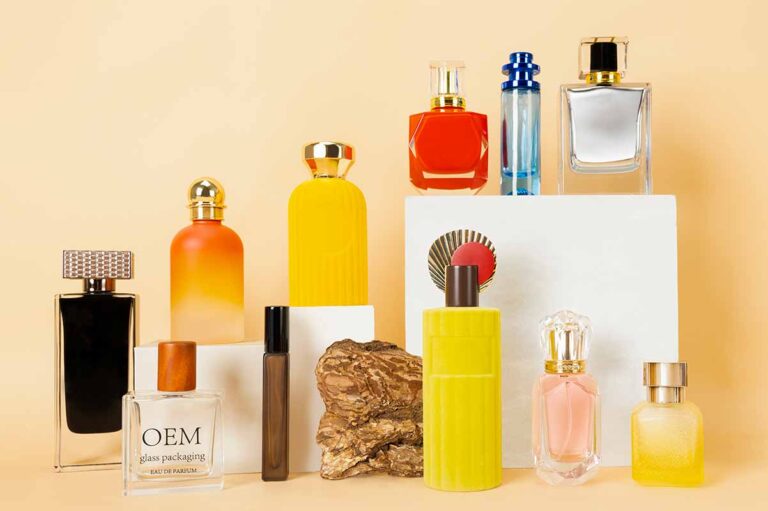Introduction
How many drops of essential oil are in a 100mL bottle? This is a question many people ask, from DIY users and aromatherapy lovers to cosmetic formulators and bulk buyers. The answer is not always the same. It depends on the dropper size, the thickness of the oil, and the design of the bottle.
This article introduces drop conversion, shelf life, and the best glass bottle options for essential oil brands and wholesale buyers.
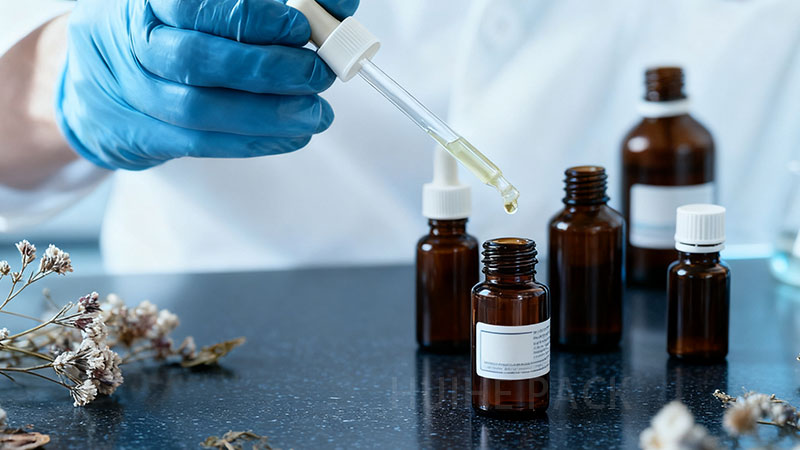
Understanding Drops and Bottle Sizes
When you talk about a “drop,” there is no single global standard. One brand may count a drop differently from another. The common estimate is simple: 1 mL equals about 20 drops of liquid. Using this rule, a 100mL essential oil bottle holds around 2,000 drops. But you should know that essential oils are thicker than water, so the real number of drops in a 100mL essential oil bottle is usually lower.
Quick Conversion Table
If you want a fast way to estimate, you can use a simple drop conversion. This helps you plan how much essential oil goes into different bottle sizes. Remember, the number of drops in a 100mL essential oil bottle is not exact. It always depends on the oil type and the bottle design.
| Bottle Size | Approx. Drops | Notes |
|---|---|---|
| 5 mL | 100 drops | Travel size, tester vial |
| 10 mL | 200 drops | Gift roll-on, small gift set |
| 30 mL | 600 drops | Best seller for facial serums |
| 50 mL | 1,000 drops | Body oil, massage blend |
| 100 mL | 2,000 drops | Salon size, bulk refill |
This table is a quick guide only.
Remember: thin oils (like lemon) can add 20 % more drops.Thick oils (like patchouli) can drop 20 % fewer.If you change the dropper tip, the count moves again.
Your essential oil may give you fewer or more drops depending on viscosity and dropper insert. For B2B buyers, always test samples with your own oil and packaging before bulk production, so you can keep formulas and costs consistent.
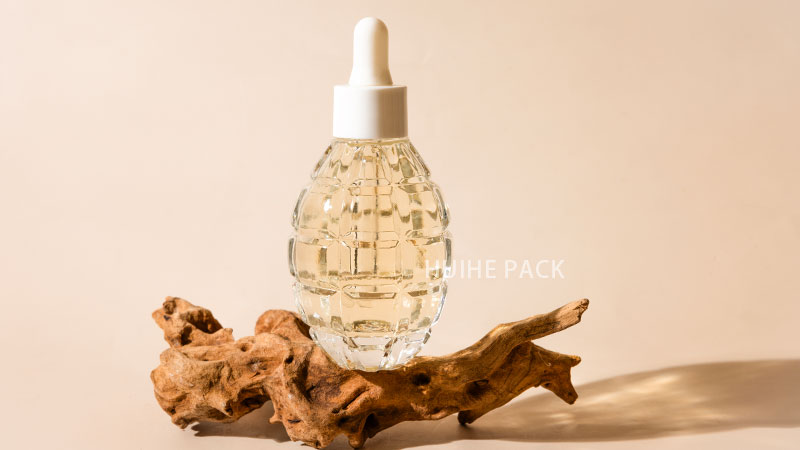
Factors Affecting the Number of Drops
You may think 1mL equals 20 drops every time, but in real use the number changes. Several factors affect how many drops are in a 100mL essential oil bottle:
- Viscosity of the oil – Thin oils like lemon or peppermint run faster and make more drops. Thick oils like sandalwood or patchouli give fewer drops.
- Dropper or reducer type – A euro dropper, glass pipette, or spray top all release different amounts of oil.
- Bottle neck design – A narrow neck gives smaller drops, while a wide neck lets out more liquid at once.
For businesses, this means you cannot only rely on a standard formula. If you buy glass essential oil bottles in bulk, you should test your product with the actual bottle and closure system. This ensures your customer gets the same experience every time and helps you manage cost more accurately.
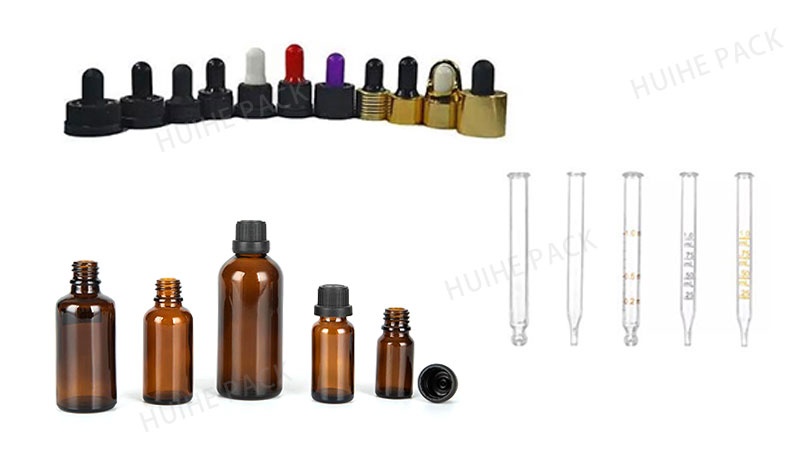
The 20/30/50 Rule
A quick way to remember drop counts is the 20/30/50 rule. It is not exact, but it helps you make fast estimates when working with essential oil bottles:
| Rule | Approx. Conversion |
| 1 mL | ~20 drops |
| 30 mL | ~600 drops |
| 50 mL | ~1,000 drops |
This simple rule saves you time when you plan product batches or calculate costs. For brand owners and bulk buyers, it is still best to check your own essential oil with the chosen glass bottle and dropper, since small changes in viscosity or packaging design can make a difference.
Why Accurate Measurement Matters for Businesses
If you run a brand, every drop matters. The number of drops in a 100mL essential oil bottle is not just a detail. It affects your formulas, your labels, and your costs.
- Formula consistency – Your customers expect the same product every time. If your drop size changes, your blend may smell or feel different.
- Cost control – Essential oils are expensive. A small difference in drop size can change how much product you use and how much money you spend.
- Regulations and labeling – Many markets require clear and accurate product information. You need to make sure your packaging matches your claims.
For B2B buyers, this means accurate measurement is not optional. It is part of quality control and brand trust. Choosing the right essential oil bottle supplier helps you keep drop sizes stable and avoid waste.
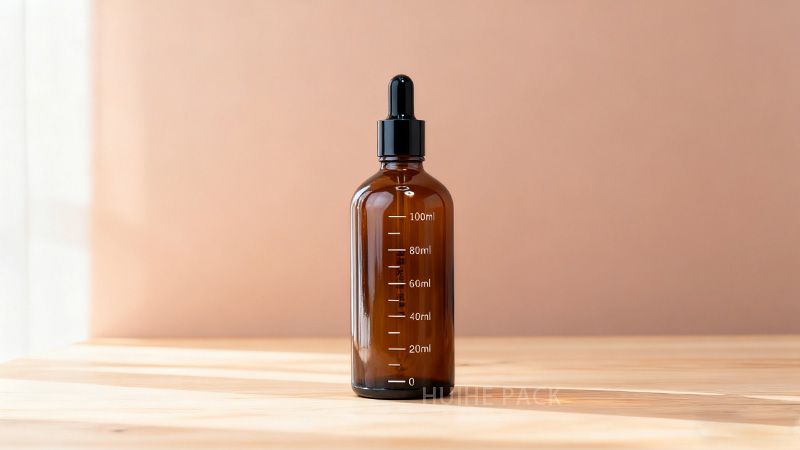
Choosing the Right Bottle for Essential Oils
The bottle is not just a shell. It keeps the oil safe and lifts your brand.
Amber, green and cobalt blue bottles protect oils from UV light, keeping aroma and potency longer.
You also need the right closure for your application: glass droppers, reducer inserts, or spray tops all serve different purposes. Regular mouth bottles work well for thick oils or blends, while wide mouth bottles are better for easy pouring or mixing.
High-end brands almost always choose glass over plastic. For B2B buyers, selecting the right bottle is key to maintaining formula stability and product appeal. At HUIHE PACK, we stock in 5 ml – 100 ml sizes, ready to ship.
Shelf Life of Essential Oils
Not all essential oils last the same. Citrus oils usually keep 1–2 years, while woody oils like sandalwood can last 6–8 years.
Several factors affect shelf life: exposure to light, air, temperature, and bottle material. Clear bottles let light age the oil fast. Amber, green and cobalt glass act like sunglasses. A tight cap keeps air out.
For B2B customers, it is best to choose well-sealed, UV-protective glass bottles. This extends shelf life, ensures consistent product quality, and reduces returns or complaints.
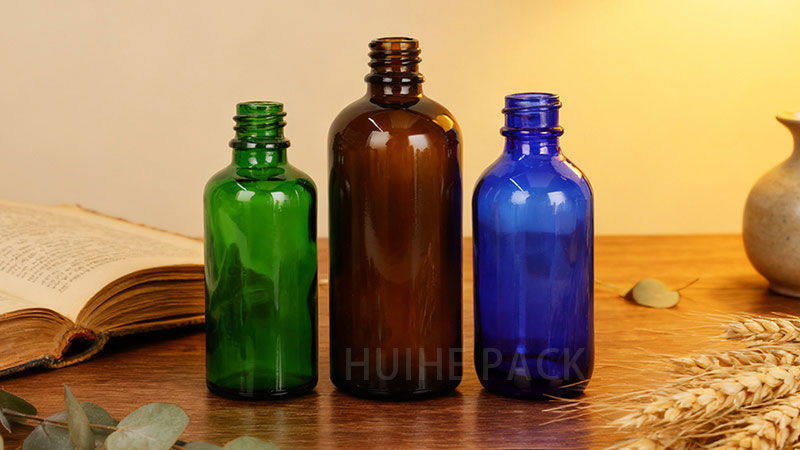
Common Mistakes and Tips
When working with essential oils in 100mL bottles, brands often make simple mistakes that affect quality and costs.
- Using the wrong bottle material – Plastic can react with oils and change the scent. Always use glass for premium products.
- Ignoring dropper type – A poorly fitted dropper can cause inconsistent drops and waste valuable oil.
- Overlooking UV protection – Light can degrade oils. Amber or cobalt blue bottles help preserve aroma and potency.
- Not testing before bulk orders – Always test your own oil with the bottle and dropper before ordering in large quantities.
- Poor storage practices – Heat, air, and light reduce shelf life. Store bottles in a cool, dark place with tight caps.
Pro tip: Label your bottles clearly, track batch numbers, and rotate stock regularly. This helps you maintain quality, prevent expired oils, and reduce returns from customers.
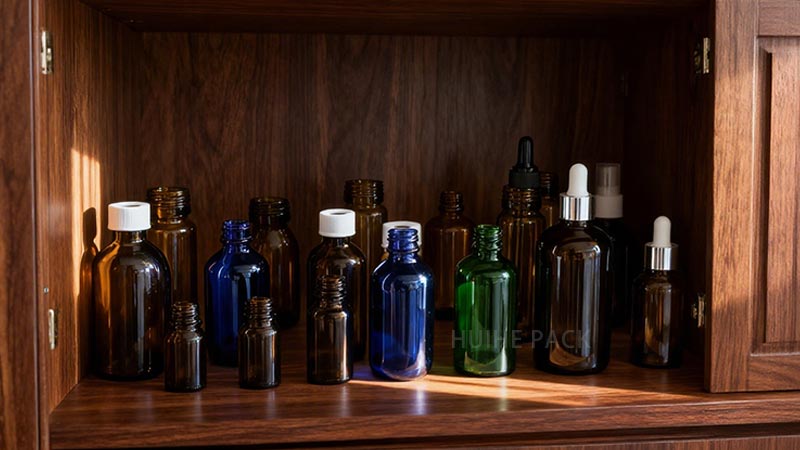
How Businesses Can Benefit from the Right Glass Bottle Supplier
Choosing the right glass bottle supplier makes a big difference for your brand. A good supplier can provide:
- Consistent dropper design – Keep your formulas stable and avoid waste.
- Custom bottle sizes and colors – 5mL to 100mL, amber, cobalt, or clear glass.
- Bulk orders with cost advantages – Lower unit cost for large quantities.
For B2B buyers, working with a reliable supplier ensures product quality, reduces returns, and strengthens your brand image. If you are planning to sell essential oils in bulk, selecting the right bottles is as important as the oil itself.
Conclusion
A 100mL essential oil bottle holds roughly 2,000 drops, but exact numbers depend on oil type, dropper, and bottle design. For B2B buyers, choosing the right glass bottle is crucial for formula consistency, product quality, and brand reputation.
If you are a brand or wholesale buyer looking for high-quality glass essential oil bottles, contact HUIHE PACK today. We offer customizable sizes, colors, and droppers to match your products and protect your oils. Make every drop count.

FAQ
Q1: How many drops are in 1mL of essential oil?
A: Usually around 20 drops, but it depends on oil viscosity and dropper type.
Q2: What is the 20/30/50 rule for essential oils?
A: It’s a simple guide: 1 mL ≈ 20 drops, 30 mL ≈ 600 drops, 50 mL ≈ 1,000 drops.
Q3: Why are essential oils stored in amber or cobalt bottles?
A: These bottles protect oils from UV light and extend shelf life.
Q4: Can I use plastic bottles for essential oils?
A: Plastic can react with oils and affect quality. Glass is recommended for high-end products.
Q5: What type of droppers are best for essential oils?
A: Glass droppers or reducer inserts are ideal for controlling drop size and maintaining consistency.
Q6: Do all bottles produce the same drop size?
A: No. Drop size varies by bottle neck, viscosity, and closure type.
Q7: How long will a 10 mL essential oil last?
A: It depends on use, but typically 10–12 mL bottles last a few months for daily use; shelf life varies by oil type.
Q8: Do essential oils expire if not opened?
A: Yes, even unopened oils can lose potency over time, usually 1–2 years for citrus, 6–8 years for woody oils.
Q9: How to tell if essential oils are expired?
A: Check smell, color, and consistency. A rancid or off aroma or darkened color usually means the oil is past its prime.


